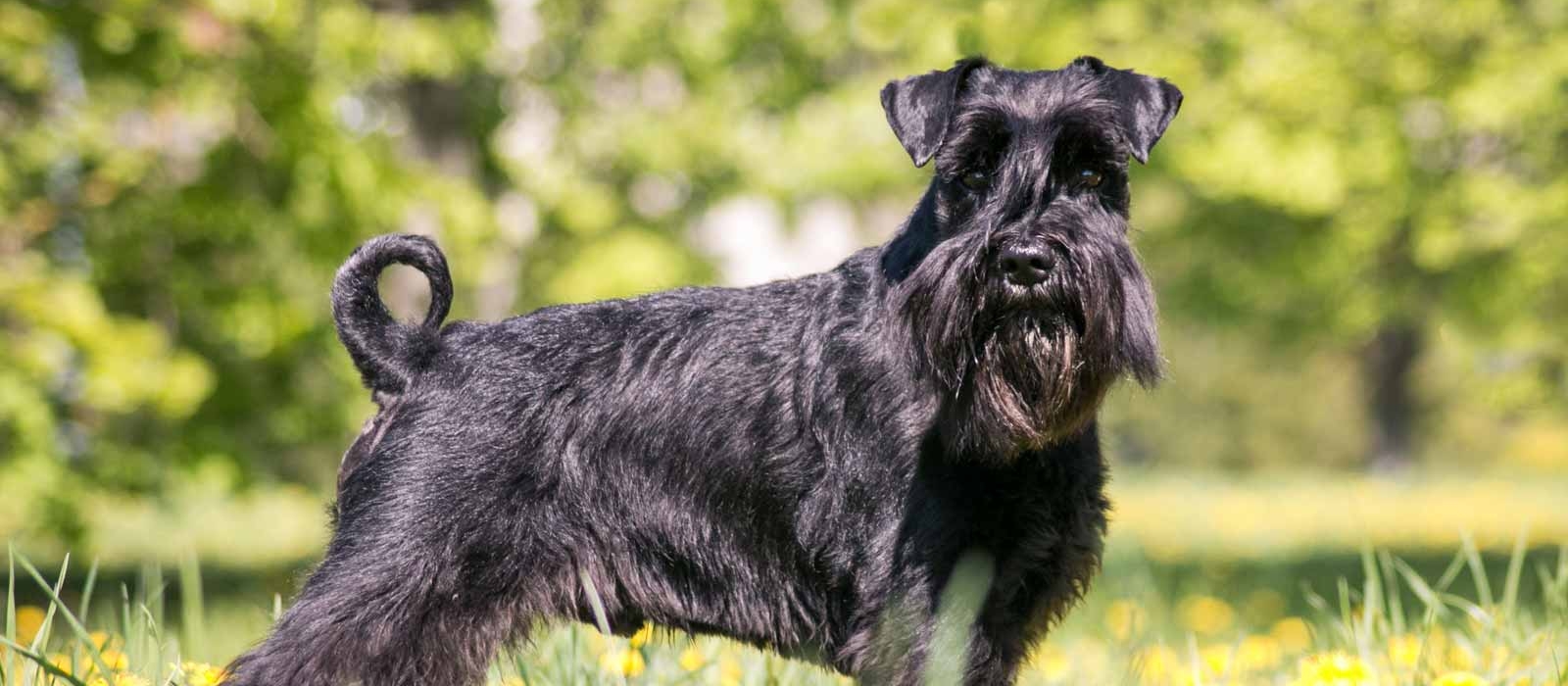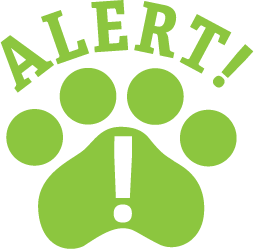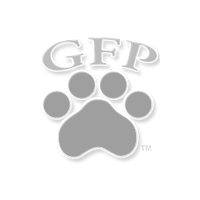-
Activity Level:
moderate
-
Shedding Level:
low
-
Grooming Level:
high
-
Trainability:
moderate
-
Good for Novice Owners:
moderate
-
Adaptability:
high
-
Kid/Pet Friendly:
often
-
Prey Drive:
high
-
Watchdog:
very alert
- Average Size: Medium
- Average Lifespan: 13-16 years
- Registered?: aca, akc
Standard Schnauzer Dog Breed Information
Overview
Temperament
Adaptability
Health
Owner Experience
Grooming
Activity Level
Size
Life Span
Did You Know?
The Standard Schnauzer is a sturdy and protective working-class breed. Originally recognized by the AKC in 1904, the Standard Schnauzer is the smallest breed in the working class. But, they wouldn’t become more well-known in the United States until after World War I. What they lack in size, they make up for in spirit and courage. You can expect this dog breed to be loyal and fun-loving with your family, but a very effective watchdog, given the fact that they are extremely alert.
The Standard Schnauzer originated in Bavaria during the Middle Ages. The original use of this dog breed was to serve as a guard dog and clear vermin for its owners. They were also effective at the herding of livestock, but lack the strong herding instinct of many breeds in the herding class, and are much more versatile. The Standard Schnauzer was an all-purpose farm dog. It was also the original Schnauzer and came before the smaller and larger versions.
Their versatility as working dogs carried them beyond the farm as well. During World War I, the German Army used Standard Schnauzers as Red Cross aides and dispatch carriers. Today’s Standard Schnauzer has become a well-liked family pet and companion, but still possesses the courageous spirit of a guard dog. One of the facts about Schnauzers is that this is one of three separate and distinct Schnauzer breeds, the others being the Miniature Schnauzer and Giant Schnauzer.
The Standard Schnauzer is a gentle and affectionate dog with their family, and at the same time, is a fiercely loyal protector. Well-socialized Standard Schnauzers tend to get along well with children, other dogs, and other pets.
Despite their seemingly serious demeanor, these little dogs can be quite playful and energetic. Just make sure that you are supervising interactions between young kids and puppies to make sure these little dogs, who are even smaller as puppies, are not injured by accidental rough play or falls.
Because of their protective instinct, they will likely remain initially wary of strangers, but can warm up once introduced. They will also bark to alert you, and can be prone to barking a lot. Early socialization and training your dog to stop barking can help to keep it from getting out of hand.
The Standard Schnauzer is a highly adaptable dog breed. They do well in apartments as well as larger homes. What is most important is that they get enough exercise, mental stimulation, and attention every day. They do benefit from fenced-in yards where they can run, but trips to the dog park can accomplish the same thing for apartment-dwellers.
They are not overly sensitive to hot or cold climates and can adapt fairly well to either, but are still sensitive to heat, like all dogs. This is a dog of the people, for the people, so they will not like being alone for long periods of time. Plus, these dogs are energetic and get bored easily. Like any dog, Standard Schnauzers can get into mischief or become destructive if they are bored or under-exercised.
Standard Schnauzers are a generally healthy breed. It is common to screen for hip dysplasia and eye disorders. The gene for cardiomyopathy is a simple recessive in Standard Schnauzers, and there is a DNA test to screen for carriers. Even if a Standard Schnauzer was a carrier, breeding them with a non-carrier can help eliminate the expression of cardiomyopathy in the breed.
Good breeding practices and the health of the parents make a big difference in the health of Standard Schnauzer puppies. Reputable breeders will screen their dogs to make sure they are not passing preventable issues to puppies. Make sure you ask about the health and genetic history of the parents.
You can also ask about any health tests or clearances that have been done. The Standard Schnauzer Club of America, Inc. recommends the DNA test for dilated cardiomyopathy (DCM) designed for Schnauzers, a hip evaluation, and an ophthalmologist evaluation at a minimum.
Standard Schnauzers are highly intelligent dogs. They are also often described as crafty, mischievous, and wily. They can also be willful and have a stubborn streak. Not only does this mean they pick up on things easily and are easily bored, but it also means these dogs will often push boundaries. They do enjoy learning new things and spending time with their favorite people, but they get bored with repetition and “over”-training.
This can be a challenge for first-time or novice dog owners, so puppy training classes are recommended. Not only can you pick up some tips to keep your dog engaged during training sessions, but you can also strengthen the bond you have with your Standard Schnauzer puppy, get some socialization opportunities, and more.
The Standard Schnauzer has a short, wiry, and manageable coat. Standard Schnauzers come in colors of either Salt and Pepper or Pure Black. They don’t shed much, but they do have a double coat and will shed heavier during seasonal shifts. Instead of clipping, it’s recommended for this coat to be hand-stripped. With hand-stripping, brushing a few times a week, and periodically plucking out longer hairs can maintain it over a long period of time.
Clipping is generally not recommended, as this strips the outer coat of its natural resistance to water and dirt. Clipping also softens the coat, damaging its wiry texture, and tends to lighten the coat color with each clip. It’s recommended to work with a dog groomer who understands the wiry Schnauzer coat and knows how to hand-strip appropriately or to learn how to do it yourself properly at home.
You will also want to regularly wash and comb your Schnauzer’s beard and legs, and also check their paws to make sure nothing is stuck in the fur between their paw pads. In addition to coat care, you will also need to take care of your Standard Schnauzer’s nails, ears, and teeth. Once to twice monthly nail trimming is usually enough to keep nails from growing too long.
Weekly ear checks, in addition to careful cleanings when needed, can help prevent ear infections. Good dental care for dogs early and consistently throughout your dog’s life is essential for preventing painful dental diseases later in life. Brushing teeth with a toothpaste made for dogs or using an enzyme toothpaste every day, in addition to cleanings at the vet when needed, is a good start.
Standard Schnauzers are energetic, athletic, and playful dogs. Although they can seem like a high-energy breed, they sit in a more moderate range for exercise requirements. Daily walks, plus some playtime and time to run, can be enough to keep these dogs happy and healthy.
They love spending time with you being active, so they will likely be up for more activity if you are. These dogs often enjoy playing catch or fetch, hiking with you, and more. They also tend to be a good fit for several popular dog sports. Just make sure to keep activities low-impact until puppies finish growing to avoid damaging developing bones and joints.
Fully-grown Standard Schnauzers usually stand 17-20 inches tall and weigh 30-50 pounds. Females average 17.5-18.5 inches tall and weigh 30-45 pounds, while males average 18.5-19.5 inches tall and weigh 35-50 pounds.
Standard Schnauzers generally live for 13-16 years on average.
Standard Schnauzers were originally called “Wire-Haired Pinschers”. They gained universal notoriety as a “Schnauzer” in the 1900s. The breed also did a short stint in the AKC Terrier Group for about 20 years. In 1926, they were moved into the Terrier Group. In 1946, they were moved back to their original Working Group classification.






